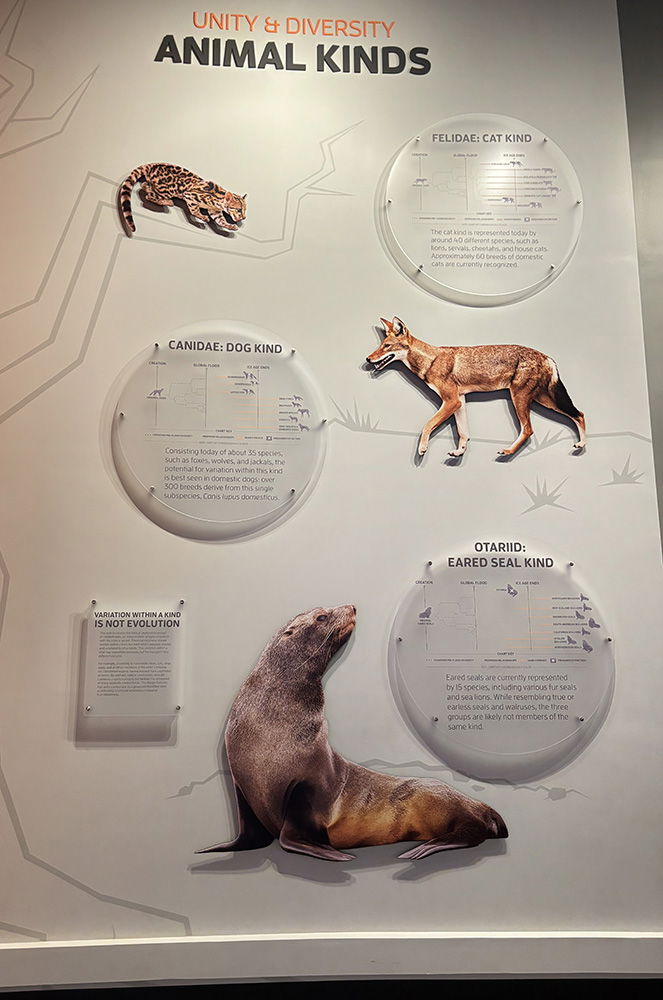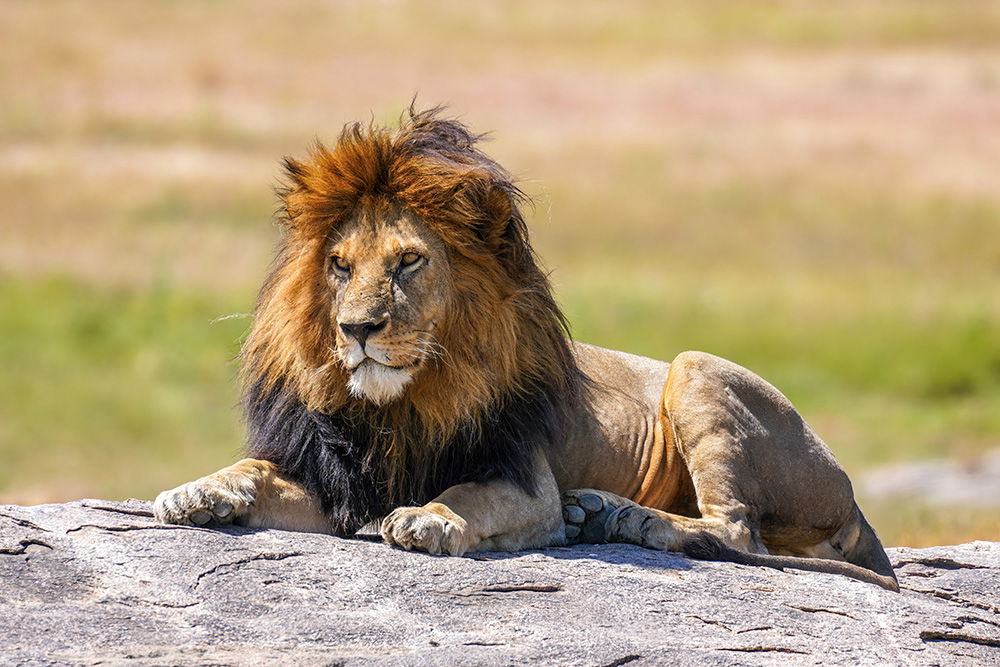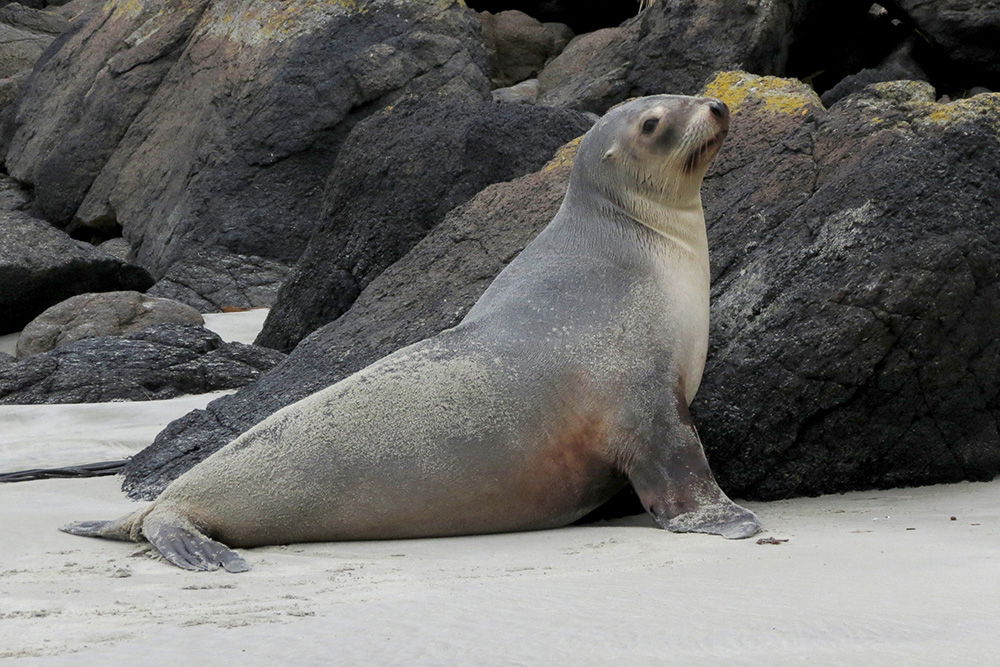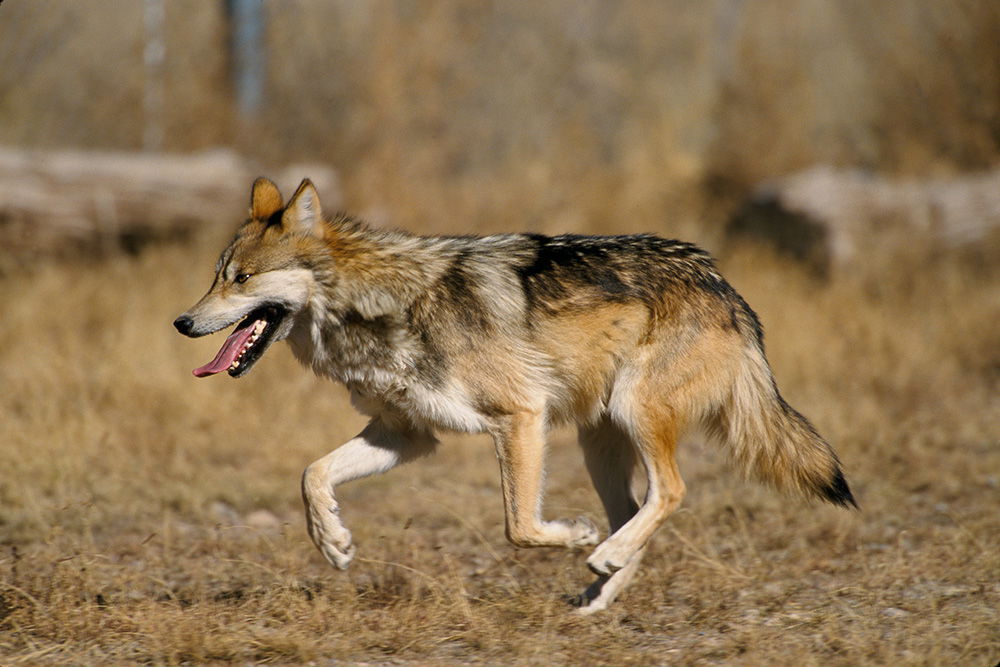Variation Within a Kind Is Not Evolution
by Creation Museum on February 13, 2025The wall in the photo below illustrates the biblical creationist concept of created kinds, an interpretation of data consistent with the biblical record. Although there can be many related species within a kind, each kind is uniquely created and unrelated to other kinds.

This variation within a kind may sound like evolution, but the two paint very different pictures.
For example, according to naturalistic ideas, cats, dogs, seals, and all other members of the order Carnivora are considered related, having evolved from a common ancestor. By contrast, biblical creationists consider Carnivora a useful category but believe it is composed of many separate created kinds.
Therefore, the design features that unify carnivorans as a group are seen as indicating functional similarities instead of true relatedness.
Felidae: Cat Kind
Today, the cat kind is represented by around 40 different species, such as lions, servals, cheetahs, and house cats. Approximately 60 breeds of domestic cats are currently recognized.

Image by Giles Laurent, via Wikimedia Commons. (CC BY-SA 4.0)
Otariidae: Eared Seal Kind
Eared seals are currently represented by 15 species, including various fur seals and sea lions. While resembling true or earless seals and walruses, the three groups are likely not members of the same kind.

Image by Jarble, via Wikimedia Commons. (CC BY 2.0)
Canidae: Dog Kind
Though it consists of about 35 species, such as foxes, wolves, and jackals, the potential for variation within this kind is best seen in domestic dogs. Over 300 breeds derive from this single subspecies: Canis lupus domesticus.

Image by Conti, via Wikimedia Commons. (Public domain)
To learn more about animal kinds and their variations, start planning your trip to the Creation Museum today!